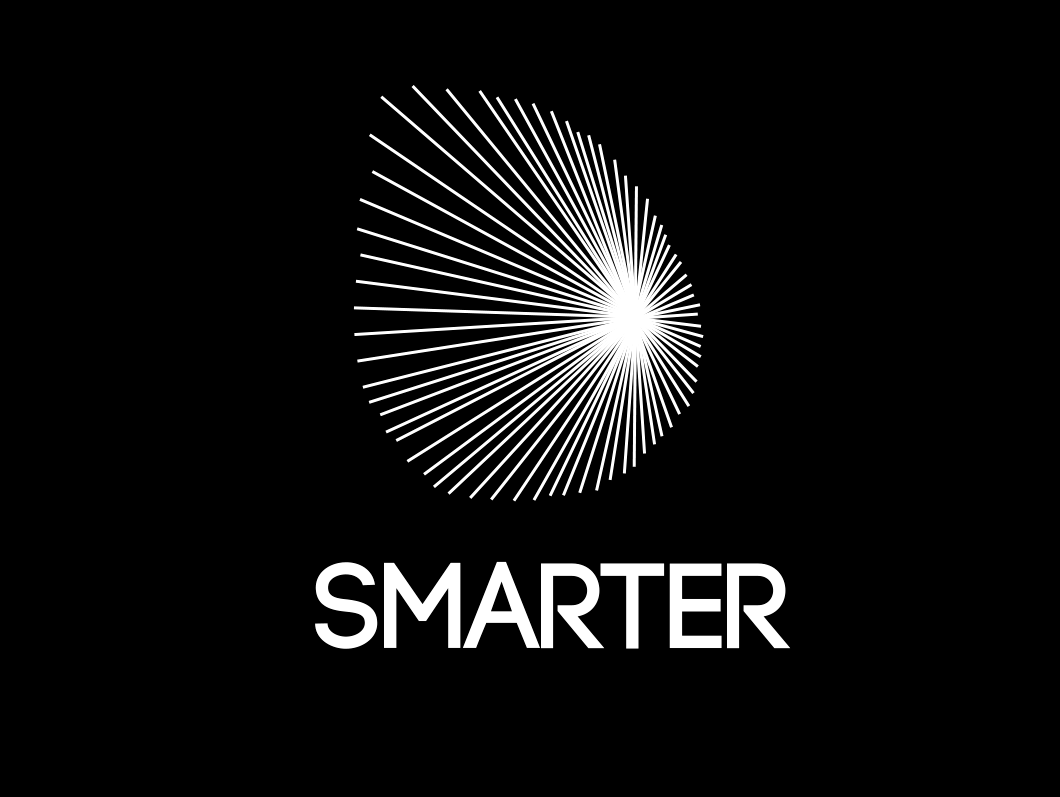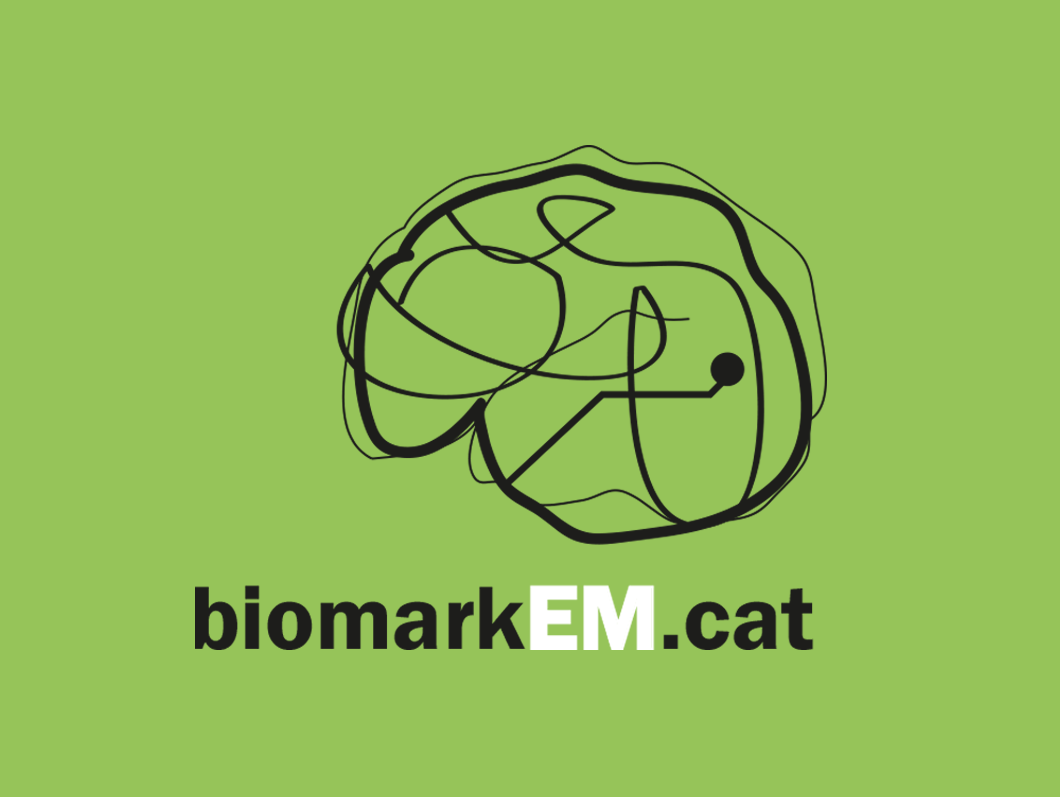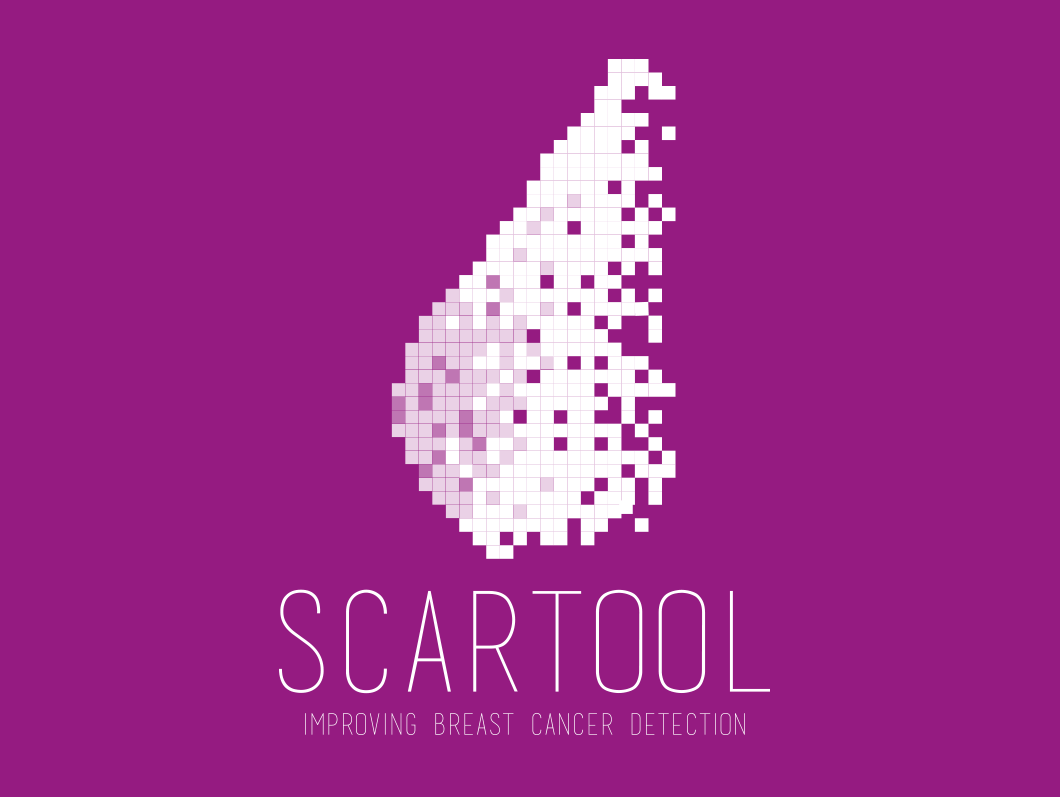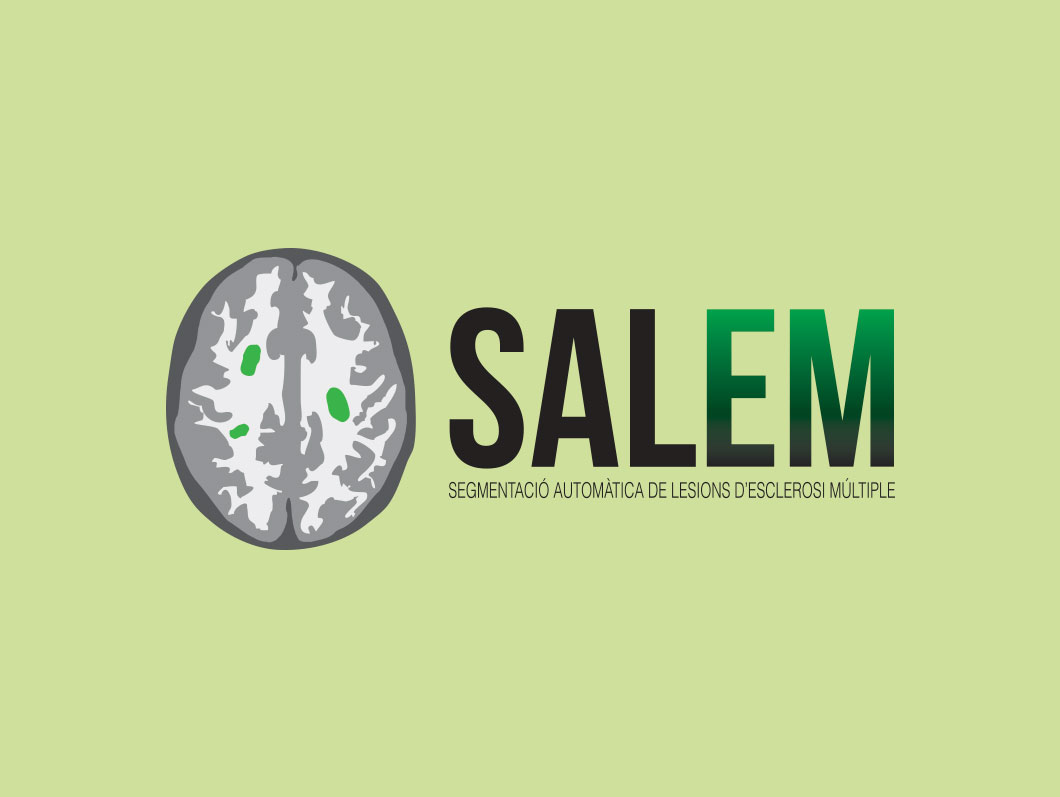The IAL works on the development and optimisation of methods which will help in the analysis of the data, with particular interest in the study of medical images. To this end, the IAL group develops computer vision and image processing algorithms which include techniques such as image segmentation, image characterization, pattern recognition, object detection, statistical signal processing, and image registration. Furthermore, the capabilities of IAL include image analysis for a variety of imaging modalities including X-rays, magnetic resonance imaging (MRI), ultrasound (US), and computed tomography (CT).









